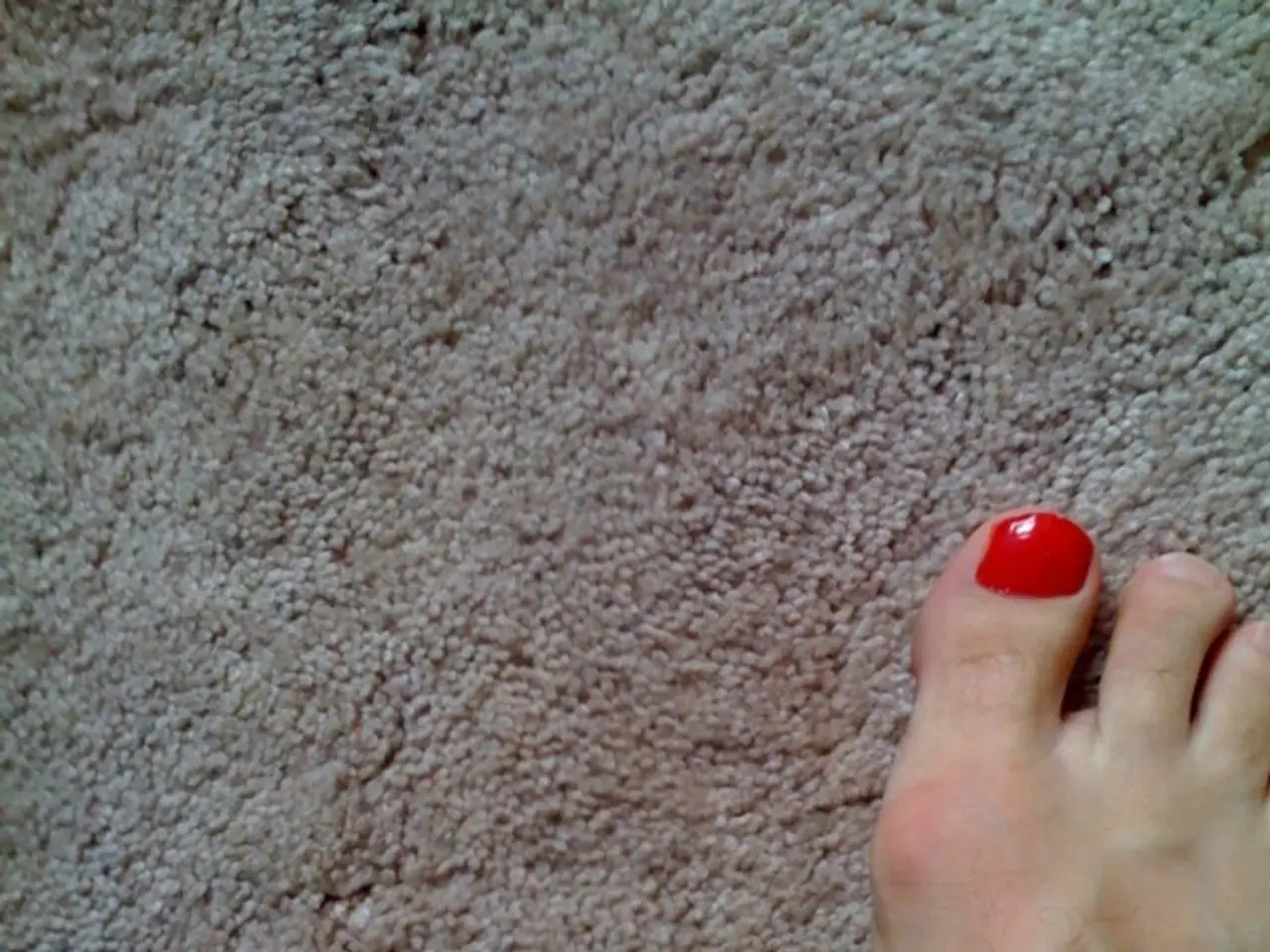Toenail Infection Causing Cellulitis: Signs, Remedies, and Further Information
Cellulitis, a common bacterial skin infection, often affects the legs and feet, including the toenails. This condition can lead to serious complications if left untreated, making it crucial for anyone experiencing symptoms to seek medical attention promptly.
Identifying Cellulitis in the Toenails
Recognizing cellulitis in the toenail region involves identifying symptoms such as redness, swelling, warmth, pain, and tenderness around the toenail area. The affected skin may also show signs of pus, oozing, or spreading redness. Systemic symptoms like fever or chills can occur in more severe cases.
Potential Causes
Cellulitis in the toenails can be caused by bacterial entry through skin breaks caused by various conditions, such as athlete’s foot, fungal nail infections, ingrown toenails, cracks, cuts, or abrasions near the toenail. Factors like compromised immunity, diabetes, or poor circulation can also increase the risk of infection.
Treatment
Treatment for cellulitis near the toenails typically involves prompt antibiotic therapy, tailored to the suspected bacterial pathogens, usually oral antibiotics for mild to moderate cases. Severe infections might require intravenous antibiotics in a hospital setting. Elevation of the affected foot is also recommended to reduce swelling and promote healing. If there is an abscess or pus accumulation, professional drainage is necessary—do not attempt to drain at home.
Preventing Recurrence
Addressing underlying issues like fungal infections or ingrown nails is essential to prevent recurrence. Regular foot care, maintaining good hygiene, and wearing clean, dry socks can also help prevent cellulitis.
Complications
Without treatment, cellulitis can spread, causing systemic illness, including fever and chills. Potential limb-threatening infections or sepsis can occur, especially in people with diabetes or poor circulation. Chronic or recurrent infections with tissue damage can also result from untreated or severe cellulitis.
In summary, early recognition and prompt treatment of cellulitis in the toenail region are crucial to prevent complications. Regular foot care, good hygiene, and addressing underlying conditions can help manage and prevent this infection. If you suspect you have cellulitis in your toenails, seek medical attention promptly.
Maintaining good hygiene and regular skin-care practices, including foot care, can help prevent cellulitis infections in the toenails, as the condition may originate from various skin conditions like athlete's foot, fungal nail infections, or ingrown toenails. Although therapies and treatments for cellulitis in the toenail region often involve antibiotic therapy, it's important to be aware that such infections can lead to serious complications, including sepsis and limb-threatening infections, if left untreated. Therefore, prompt attention from health-and-wellness professionals is crucial for proper diagnosis and management of cellulitis.




